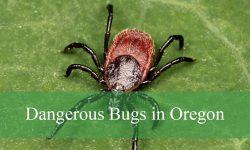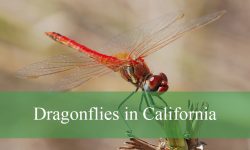Connecticut hosts a variety of dove species, from the abundant Mourning Dove to rare visitors that appear during migration. These graceful birds bring gentle sounds and peaceful presence to neighborhoods and wild spaces alike.
Their soft coos, swift flights, and unique feeding habits make them a favorite among birdwatchers. Whether perched on wires, foraging in fields, or flocking in cities, doves are easy to observe throughout the year.
This guide highlights five types of doves in Connecticut, complete with pictures and identification details. You’ll also learn about their calls, habitats, and fun facts that make each species fascinating.
Different Types of Doves Found in Connecticut
Mourning Dove (Zenaida macroura)
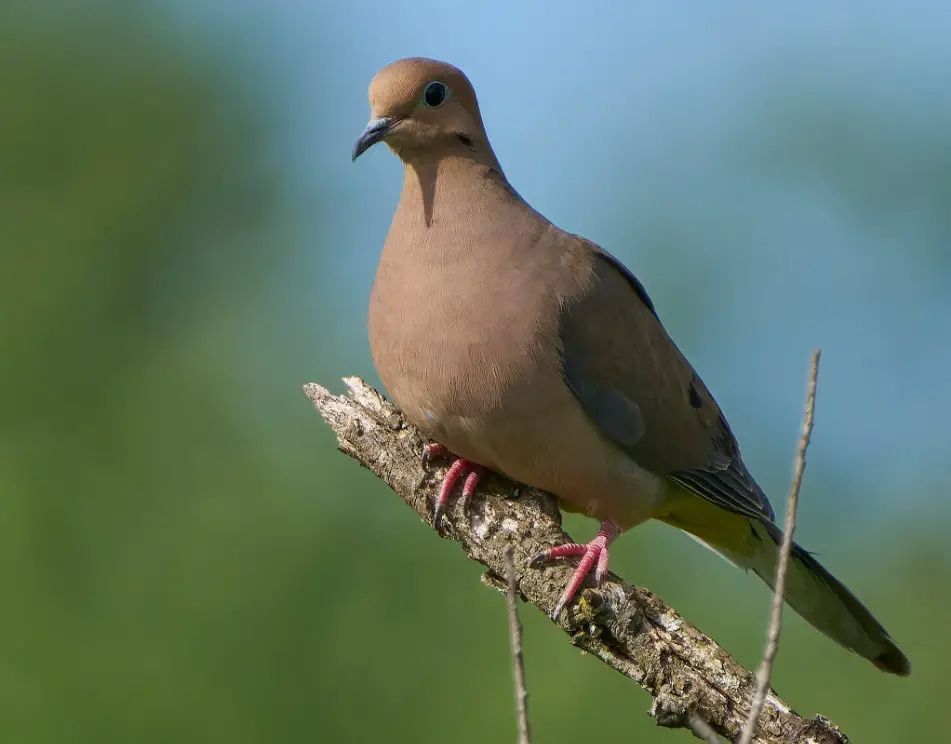
The Mourning Dove is the most abundant dove species in Connecticut and is recognized by its delicate, slender body and long pointed tail. Adults usually measure around 9 to 13 inches in length, with soft grayish-brown plumage, black spots on the wings, and a light blue eye-ring. Their wings make a sharp whistling sound when they take flight, which adds to their graceful appearance. These doves are often mistaken for being fragile, but they are strong fliers, capable of reaching speeds up to 55 miles per hour.
They are primarily ground feeders, preferring open areas where they can forage for seeds. In Connecticut, they are common visitors to backyard feeders where they eat cracked corn, millet, safflower, and sunflower seeds. They do not scratch at the ground like other birds, instead pecking directly at the surface. Mourning Doves swallow seeds whole and later grind them in their muscular gizzard with the help of grit. Their diet is almost entirely vegetarian, making them one of the easiest birds to attract.
The call of the Mourning Dove is a soft, haunting “coo-OO-oo,” often mistaken for an owl’s call by beginner birdwatchers. This cooing is most often heard during the breeding season in spring and summer, when males try to attract mates or defend territories. In winter, large flocks can form, roosting together in trees or feeding in fields. These doves thrive in Connecticut’s mix of farmlands, suburbs, parks, and forest edges, adapting well to both rural and urban environments.
A fun fact about Mourning Doves in Connecticut is that they are legally hunted during the state’s dove hunting season. Despite this, their populations remain stable because they are highly prolific breeders. A pair can raise multiple broods in a single summer, each producing two squabs, ensuring that their numbers stay strong year after year.
Rock Pigeon (Columba livia)
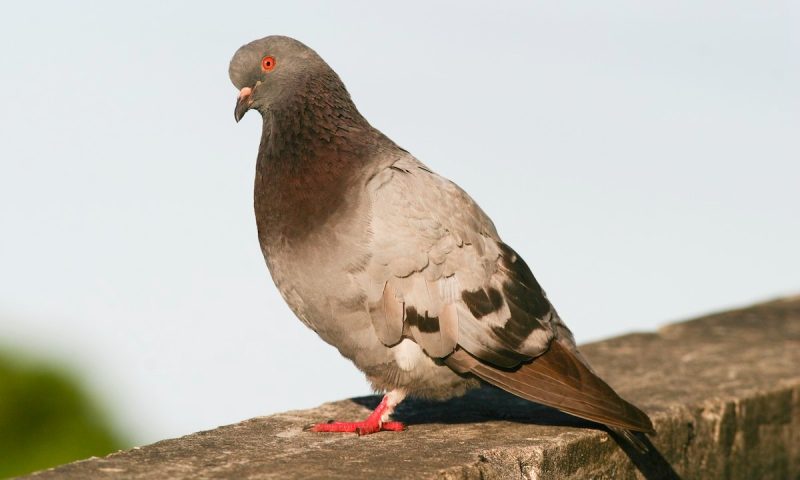
Rock Pigeons, commonly called “city pigeons,” are another familiar dove species in Connecticut. They are larger than Mourning Doves, measuring 11 to 13 inches long, with stout bodies, small heads, and short legs. Their plumage varies widely, but the most common form is bluish-gray with two dark wing bars and an iridescent sheen on the neck. They are highly social birds, often seen gathering in flocks around urban centers, bridges, and old buildings.
Their feeding habits are opportunistic and adaptable. In Connecticut cities, Rock Pigeons survive largely on discarded human food, but they also eat grains, seeds, and occasionally small invertebrates. They are strong fliers and gather in groups to feed, often returning to the same sites daily. Backyard bird feeders may attract them, but they are more likely to be spotted near parks, sidewalks, and train stations where food scraps are plentiful.
Unlike the mournful coo of Mourning Doves, Rock Pigeons produce a soft series of coos that sound more like a rhythmic “coo-roo-coo.” Their wing claps during courtship flights are also distinctive. These birds are year-round residents of Connecticut, thriving in cities like Hartford, New Haven, and Bridgeport, where tall buildings provide perfect nesting ledges that mimic their original cliff-dwelling habitats.
A fun fact about Rock Pigeons in Connecticut is that they are descendants of domesticated birds brought to North America by European settlers in the 1600s. Today, feral populations have become a permanent part of the urban landscape, making them one of the first non-native birds to establish themselves in the region.
Eurasian Collared-Dove (Streptopelia decaocto)
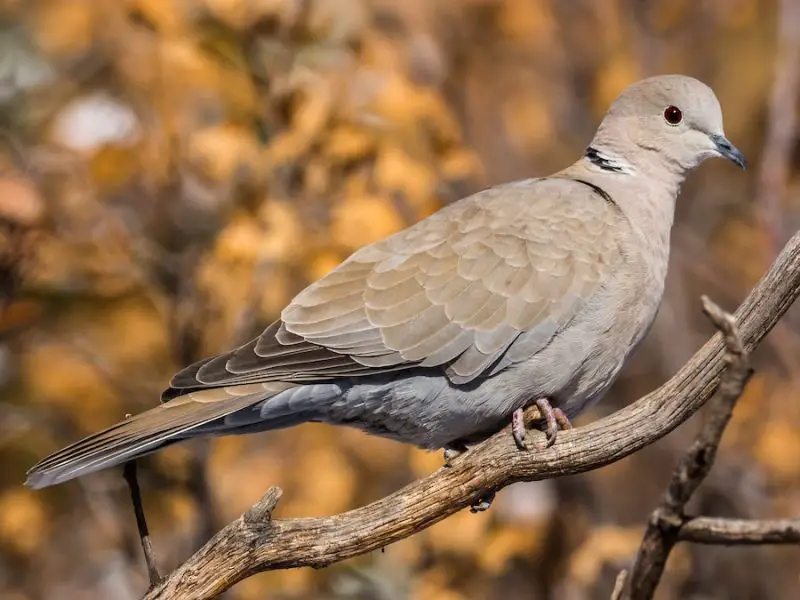
The Eurasian Collared-Dove is a relatively new arrival in North America, and although rare in Connecticut, occasional sightings have been recorded. Slightly larger than the Mourning Dove, they measure about 12 to 14 inches long. Their plumage is a pale grayish-tan with a distinctive black half-collar around the back of the neck, making them easy to identify. Their squared-off tail differs from the Mourning Dove’s long, pointed tail, offering another useful field mark.
These doves feed mostly on seeds and grains, foraging on the ground in fields, farms, and backyards. In Connecticut, sightings usually occur near bird feeders stocked with millet and cracked corn, which they readily consume. They are not migratory and tend to remain in the same area once they establish a territory, often becoming loyal visitors to feeding sites. Their adaptability to both rural and suburban habitats makes them successful colonizers.
Their call is a distinctive three-part cooing sound: “coo-COO-coo,” which is deeper and more repetitive than the soft, mournful coo of the Mourning Dove. This vocalization is often heard during spring and summer when pairs are establishing territories. They are monogamous birds and are known for raising several broods in a single breeding season.
A fun fact about the Eurasian Collared-Dove in Connecticut is that their presence here is part of a much larger story. Originally from Asia and Europe, they only arrived in North America in the 1980s, spreading rapidly across the continent. Spotting one in Connecticut is a treat for birdwatchers because it shows how quickly non-native species can expand their range.
White-winged Dove (Zenaida asiatica)
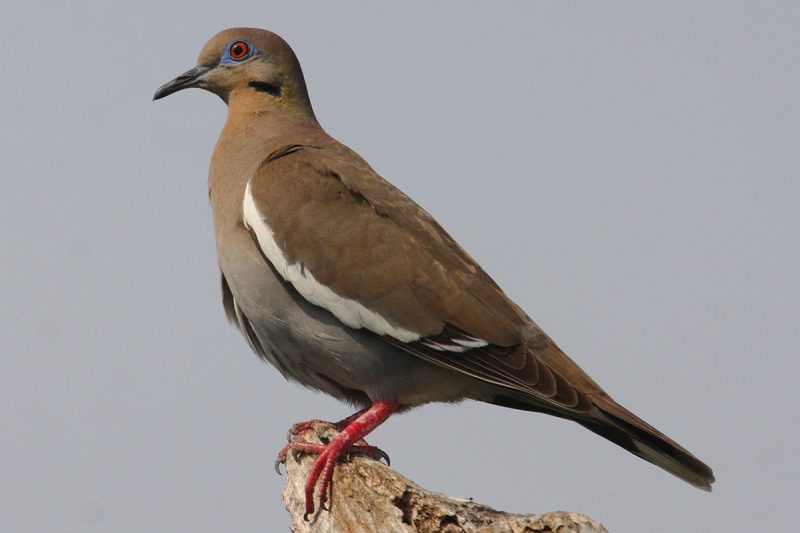
The White-winged Dove is a rare visitor to Connecticut, usually seen as an accidental migrant. They are slightly larger than Mourning Doves, reaching 11 to 12 inches in length. Their plumage is a soft brownish-gray, with a bold white stripe along the edges of their wings that flashes prominently in flight. A blue patch of skin surrounds their red eyes, giving them a striking appearance. While not a regular Connecticut resident, birders delight in spotting them during unusual migration events.
Their diet consists mainly of seeds, grains, and fruits. In their normal range, which extends through the southwestern United States and Mexico, they are famous for feeding on the nectar, pollen, and fruits of saguaro cacti. In Connecticut, rare sightings usually involve them feeding on seeds at backyard feeders or agricultural fields. They are strong flyers, capable of long migrations, which occasionally bring them into the northeastern U.S.
Their cooing is a distinctive “who-cooks-for-you” sound, similar to the Barred Owl but softer and more melodic. They also produce a series of coos that resemble the Mourning Dove, though louder and less mournful. During the breeding season, males perform flight displays and sing to attract females, much like other dove species.
A fun fact about White-winged Doves in Connecticut is that they are sometimes reported near coastal areas like New Haven or along migration corridors. Their presence is often a result of storms or strong winds that push them far beyond their typical southwestern range, giving Connecticut birders a rare surprise.
Common Ground Dove (Columbina passerina)
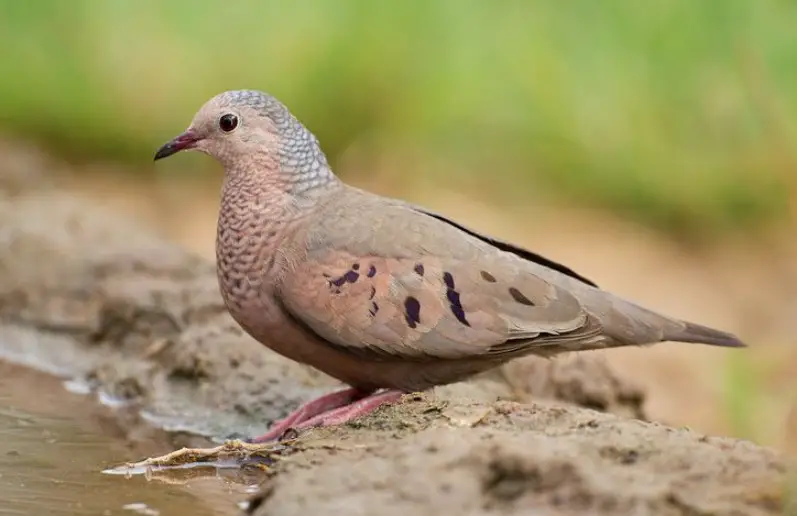
The Common Ground Dove is the smallest dove species in the United States and an extremely rare visitor to Connecticut. Measuring only 6 to 7 inches long, they are about the size of a sparrow. Their plumage is brownish-gray with a scaly pattern on the head and breast, short rounded wings, and a short tail. These characteristics set them apart from the larger and sleeker Mourning Dove.
As their name suggests, they spend much of their time foraging on the ground. Their diet consists mainly of seeds, grains, and small insects. In Connecticut, they are not regular residents but may appear as accidental vagrants during migration or after storms. When spotted, they are usually found in open fields, edges of farmland, or sandy areas where seeds are abundant.
Their cooing is soft and higher-pitched than other doves, often described as a rising “whoop” that is repeated in series. This call, though gentle, is distinctive once learned. They are typically shy and secretive birds, often flushing quickly into low vegetation when approached. Unlike the highly social Rock Pigeon, Common Ground Doves are more solitary or found in pairs.
A fun fact about Common Ground Doves in Connecticut is that their presence is extremely rare and exciting for birders. Normally found in the southern United States, their appearance in New England is unusual and typically reported by experienced birdwatchers who recognize their tiny size and unique scaly plumage. Spotting one in Connecticut is a memorable event.
Best Time and Places to See Doves in Connecticut
Doves can be seen in Connecticut year-round, but the best time to observe them is during the warmer months of spring and summer when they are most active and vocal. From April through September, Mourning Doves, Rock Pigeons, and the occasional rare visitors are easier to spot at dawn and dusk, when they gather in feeding areas and perch on wires or tree branches. During the winter months, Mourning Doves remain abundant, often visiting backyard feeders in flocks, while Rock Pigeons continue to dominate urban centers.
For Mourning Doves, the best places to watch are open farmlands, grassy fields, and suburban neighborhoods with bird feeders. In Connecticut, agricultural areas in Litchfield County, the Connecticut River Valley, and forest edges around state parks provide excellent viewing opportunities. They are also frequent visitors to backyard feeding stations, especially if seeds such as millet and cracked corn are available on platform feeders.
Rock Pigeons are most easily observed in Connecticut’s cities and towns, where they roost on buildings, bridges, and other man-made structures. New Haven, Hartford, Stamford, and Bridgeport all host large populations that can be seen throughout the day. They are particularly noticeable around train stations, plazas, and public squares where people often leave food behind.
Rare species like the Eurasian Collared-Dove, White-winged Dove, and Common Ground Dove are best seen by chance, often during migration seasons in spring and fall. Birdwatching hotspots such as Hammonasset Beach State Park, Lighthouse Point Park in New Haven, and coastal areas along Long Island Sound occasionally host these unusual visitors. Spotting them requires patience and luck, but local birdwatching groups often share rare sighting reports, making it easier for enthusiasts to know where and when to look.
FAQs About Doves in Connecticut
What types of doves can be found in Connecticut?
The most common dove in Connecticut is the Mourning Dove, found year-round across the state. Rock Pigeons are also widespread in cities and towns. Rarer species such as the Eurasian Collared-Dove, White-winged Dove, and Common Ground Dove are occasionally spotted as accidental visitors.
When is the best time to see doves in Connecticut?
Doves can be seen throughout the year, but spring and summer are the best seasons to observe them during their breeding and nesting periods. Early morning and late afternoon are ideal times, as doves are more active in foraging and vocalizing during these hours.
Where are the best places to watch doves in Connecticut?
Mourning Doves are common in open fields, farmlands, forest edges, and suburban neighborhoods with bird feeders. Rock Pigeons thrive in urban areas such as Hartford, New Haven, and Bridgeport. For rare visitors like White-winged or Eurasian Collared-Doves, birdwatching hotspots along the Connecticut coast, including Hammonasset Beach State Park and Lighthouse Point Park, are good places to check.
What do doves eat in Connecticut?
Doves primarily eat seeds and grains. Mourning Doves are frequent visitors to backyard feeders where they enjoy millet, cracked corn, safflower, and sunflower seeds. Rock Pigeons eat similar foods but also consume human food scraps in cities. Rare species that visit Connecticut also forage for seeds and fruits.
What sounds do doves make?
Mourning Doves produce a soft, mournful “coo-oo, coo, coo,” often mistaken for the call of an owl. Rock Pigeons make rhythmic cooing sounds, while Eurasian Collared-Doves are known for their three-part “coo-COO-coo.” White-winged Doves have a distinct “who-cooks-for-you” call, and Common Ground Doves give a high-pitched rising “whoop.”
Are Mourning Doves protected in Connecticut?
Yes, Mourning Doves are protected under the Migratory Bird Treaty Act, but Connecticut also allows a regulated dove hunting season. Despite this, Mourning Dove populations remain stable thanks to their high reproductive rates and adaptability.

